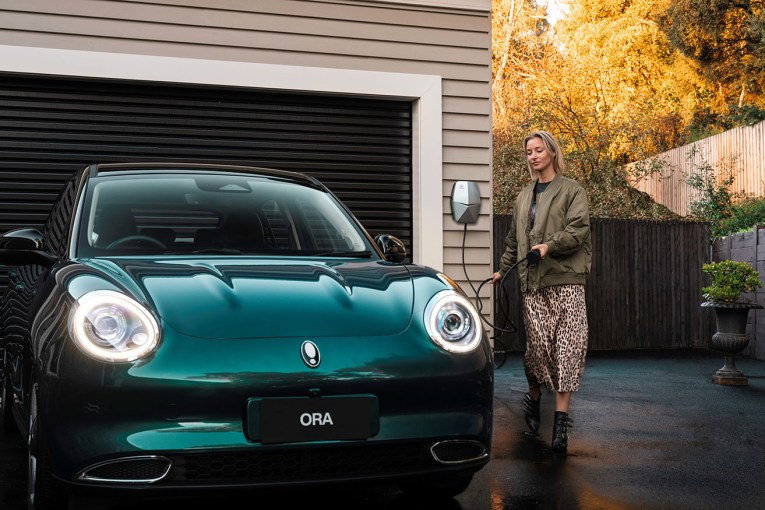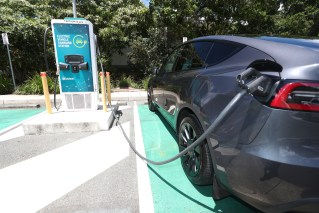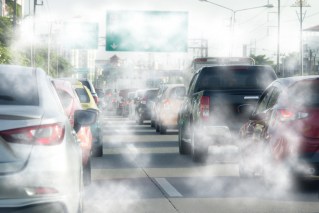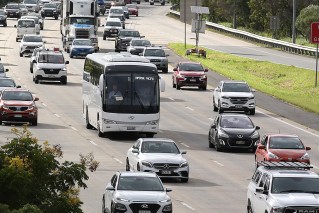Five ways your car is smarter than you

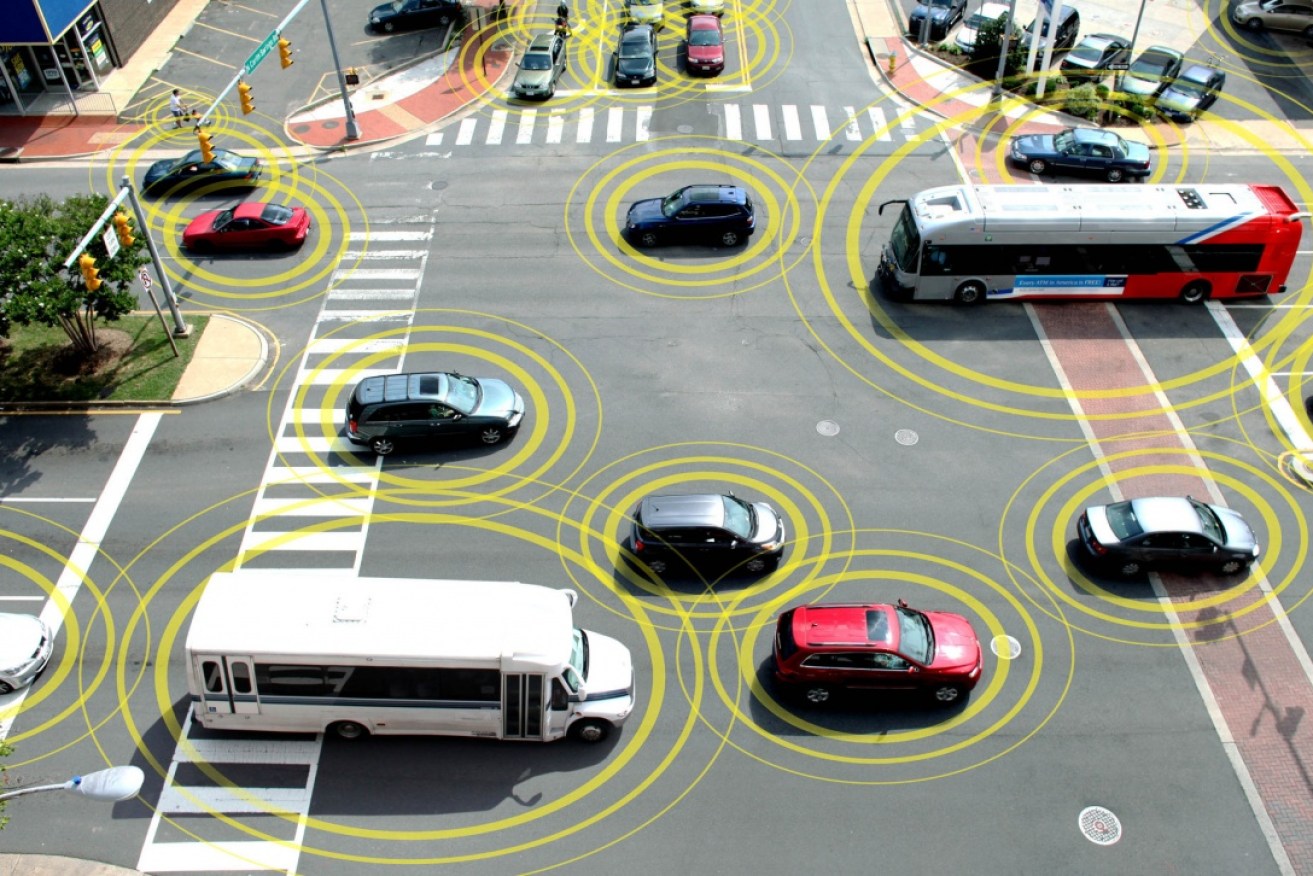
Cyber security concerns have been raised over driverless car technology.
There are plenty of movies and books that explore the possibility of artificial intelligence, and machines that manage to outsmart their creators, reprogram themselves with the intention of taking over the world and enslaving or wiping out the human race, thus establishing robots as the alpha species.
The scary thing is, we could actually be looking down the barrel of that eventuality.
The evolution of AI to that level may not always remain purely a work of science fiction!
These days, even our own cars are, at times, smarter than us at times – and the development of autonomous, driverless vehicles will certainly up the ante in this regard.
Even now, some technology is so advanced that some cars are programmed to develop predictive and reactive responses to the way it’s being driven.
Yes, some cars can learn to pre-empt what a driver will do next by ‘learning’ a predictable driving technique and driver behaviour on the road.
At a technical, mechanical level, modern dual-clutch automatic transmissions can be more efficient and quicker at shifting gears at precisely the right moment than an ordinary driver.
At a more everyday level, these features often behave like a strict parent and will sound audible warnings when they’re not happy. No seatbelt – beep, beep. Left the lights on – beep, beep.
Here are five ways that cars are smarter than some people.
It turns the headlights on at dusk, and off at dawn

Photo: CarAdvice
We’ve all seen those silly-billy drivers who have forgotten to turn their lights on at night. I’ve done it! You’ve done it.
When you’re driving on well-lit streets it can be easy to forget, especially with most modern instrument clusters already lighting up the dials whether the headlights are on or not.
Then you start to wonder why people are flashing their high-beams in your direction … and then the penny drops.
Automatic headlights have you covered. No need to watch for the streetlights to flicker on – a common trigger for drivers to remember to turn their headlights on – and no chance you’ll get caught out being ‘that guy’ or ‘that girl’ on the road. Shame.
It keeps an eye on blind spots

Photo: CarAdvice
Blind-spot monitoring has surely saved many a side-swipe. The fact is, even with your mirrors correctly positioned, blind spots still exist and you can’t rely on the cars in the lanes beside you to pay attention to your indicator signal and give you the space you’ve asked for.
In most cases, blind-spot monitoring is simply a small light on the side mirror that flashes on or turns red when something is in the way.
Some people don’t know how to correctly check blind spots and for them, this driver aid is of great assistance and also improves the chances of the rest of us getting home safely.
It maintains a safe following distance

Photo: CarAdvice
Adaptive cruise control is the perfect tool for those who can’t get their head around appropriate and safe following distances.
Let’s face it: it’s difficult for some to grasp the concept that if you follow the car in front too closely and its brake lights suddenly glow red, you’re likely to eat your own steering wheel, or worse.
Adaptive cruise control adjusts the speed of your car based on the speed of the car ahead to maintain a safe following distance. Very clever!
It brakes when you don’t

Photo: CarAdvice
Autonomous Emergency Braking (AEB) will step in and help avoid a potential crash, or lessen the severity of an accident.
It scans the environment around the car for potential hazards and if the car in front brakes suddenly, AEB will brake for you.
There are different types of AEB systems that work at different speeds, but can be handy in the event you’re too slow to react.
It turns the music down when reversing

Photo: Caradvice
There are quite a few cars these days that will courteously turn the music down when put into reverse so the full attention and concentration of the driver can be focussed on what they should be doing – not backing into anything.
A number of manufacturers include this feature and it can be disconcerting at first, and even a minor annoyance when your favourite song is interrupted while the rear-view camera and rear-cross-traffic alert are doing their thing.
Once you get used to it though, it becomes apparent why it’s actually a good idea. The sudden change in volume helps ensure you’re completely focussed and on the lookout for speeding cars, rogue pedestrians and inattentive cyclists.
If you really hate it, you should be able to change the volume settings or even turn the feature off.
This article first appeared on CarAdvice.

